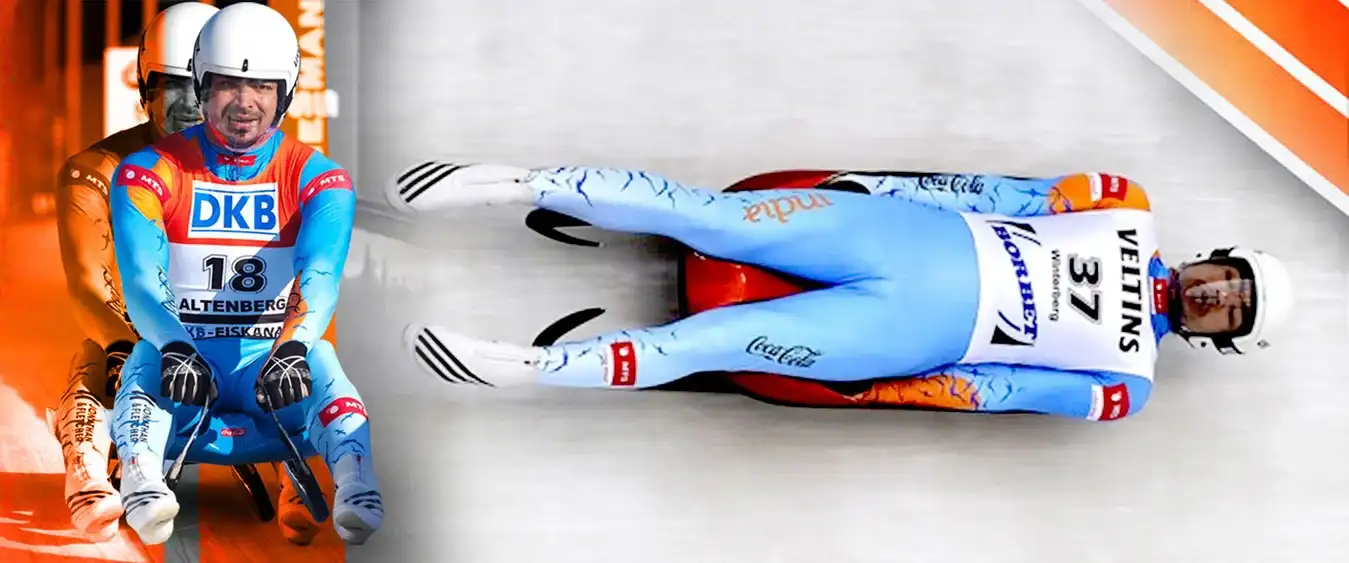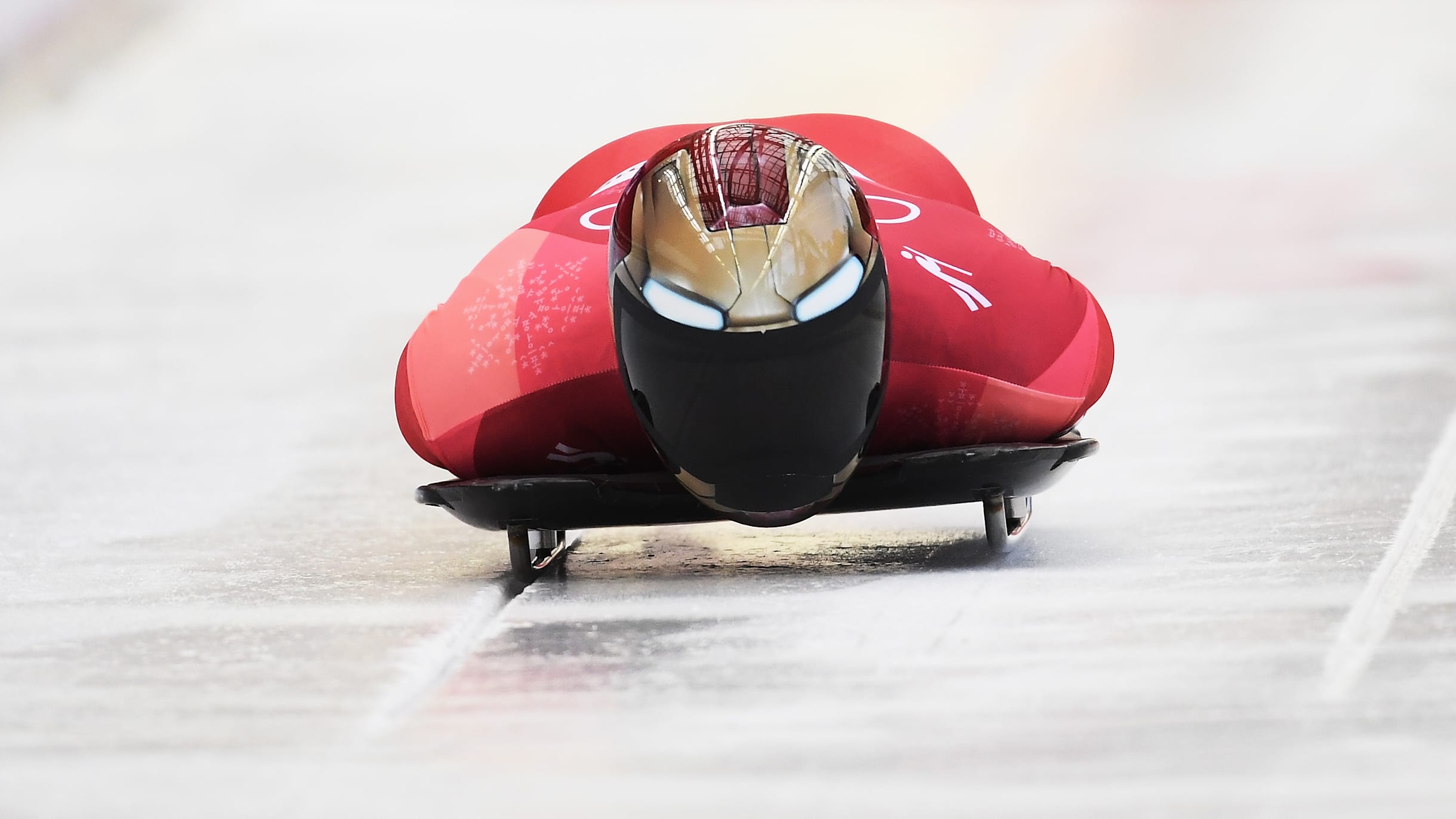Luge, one of the most thrilling and high-speed sports in the Winter Olympics, offers a breathtaking combination of speed, precision, and technical mastery. While Paris is traditionally known for its Summer Olympic Games, the inclusion of luge in winter sports programs provides a unique and exhilarating aspect to the competition, drawing in fans with its sheer intensity. Athletes race down icy tracks at breakneck speeds, using their body movements to steer the sled with precision as they navigate sharp curves and steep descents.
Origins of Luge
The origins of luge can be traced back to the mountainous regions of Europe, where wooden sleds were initially used as a means of transport. By the late 19th century, luge began to take shape as a competitive sport in the Swiss Alps, where the snowy landscape provided ideal conditions for sledding. The first international luge race took place in 1883 in Davos, Switzerland, with participants racing down a 4-kilometer icy road that connected Davos to the nearby village of Klosters. This marked the beginning of luge's transformation from a practical mode of transportation into a highly technical, adrenaline-pumping sport.
Olympic History
Luge's path to Olympic recognition began in 1957 when the International Luge Federation (FIL) was established to govern the sport and oversee international competitions. This milestone paved the way for luge to be included in the 1964 Innsbruck Winter Olympics, where it debuted with men's singles, women's singles, and doubles events. Over the years, the Olympic luge program has expanded, adding more categories such as men's and women's doubles and the crowd-favorite team relay, where teams of men, women, and doubles compete in a seamless relay race. Each new event has brought fresh excitement and pushed athletes to master both individual skills and team coordination.
Innovation and Evolution

Luge has continued to evolve over the decades, with significant advancements in technology, equipment, and track design. Modern tracks are masterpieces of engineering, featuring meticulously designed curves and banking to challenge athletes at every turn. Tracks now include advanced refrigeration systems to maintain optimal ice conditions, ensuring consistency and safety even under varying weather conditions.
The sleds used in luge have also seen remarkable innovation. Constructed from lightweight materials such as fiberglass and steel, they are designed for maximum aerodynamics. Every element of the sled, from the runners to the seating position, is fine-tuned for speed and control, allowing athletes to reach speeds of over 140 km/h (87 mph). Athletes wear specially designed suits and helmets to reduce air resistance and enhance their control over the sled as they zoom down the track.
Training and Technique
Mastering luge requires a delicate balance of physical strength, reflexes, and technical skill. Athletes train rigorously to perfect their steering techniques, which involve minute shifts in body weight to maneuver the sled along the icy track. The precision required is immense; even the smallest mistake can result in lost speed or a dangerous crash. Core strength, upper body control, and reaction speed are critical to success, as athletes must respond to the twists and turns of the track in mere milliseconds.

Athletes also practice their starts intensively, as the initial push-off is crucial for gaining momentum. Luge competitions are often decided by fractions of a second, making every element of the race, from the start to the finish, a test of both physical and mental sharpness.
The Thrill of Luge at the Olympics
At the Paris 2024 Winter Games, the excitement surrounding luge will continue to captivate audiences worldwide. Each event showcases a combination of raw speed, technical expertise, and nail-biting competition as athletes race against the clock and each other. The inclusion of events such as the team relay has added an extra layer of excitement, highlighting teamwork and strategic coordination alongside individual brilliance.
Luge's thrilling combination of speed, danger, and precision keeps it at the forefront of winter sports, and its ongoing innovation ensures that the sport will continue to push the boundaries of what’s possible in the years to come.

Incorporating a rich history, cutting-edge technology, and a high level of athletic skill, luge remains one of the most electrifying sports in the Olympic lineup. Whether it's the sheer speed or the technical challenges that attract fans, the sport offers a thrilling spectacle that never fails to impress.
Luge has its roots in the late 19th century in the Swiss Alps, where it began as a leisure activity. The sport gained formal recognition and began to evolve with the establishment of organized competitions in the early 20th century. It was included in the Olympic Games for the first time in 1964 at the Winter Olympics in Innsbruck, Austria. Since then, luge has become a staple of winter sports, captivating audiences with its thrilling nature.
While luge is primarily a winter sport, it is essential to recognize that the Olympics have a rich history of showcasing diverse sports. The 2024 Summer Olympics in Paris marks a unique opportunity to introduce audiences to luge, especially given the rising popularity of winter sports among younger generations. Luge competitions are typically held in specially designed tracks, which are often located in mountainous regions and require significant engineering to ensure safety and excitement.

The Paris 2024 Olympics aims to engage audiences with innovative sports presentations. Luge will likely be included as a demonstration event, potentially in partnership with the upcoming Winter Olympics scheduled for 2026 in Milan-Cortina. This partnership aims to foster interest and excitement around the sport, bridging the gap between the summer and winter editions of the Olympics.








